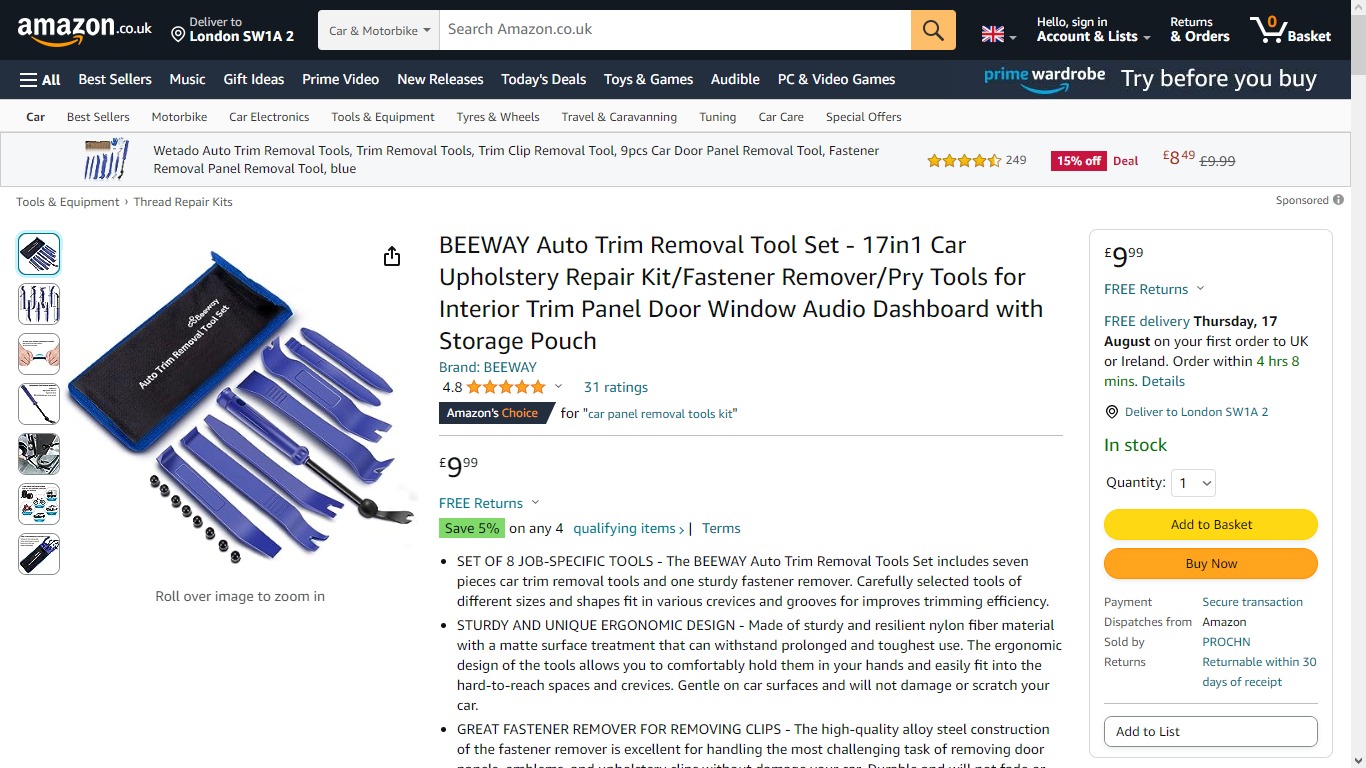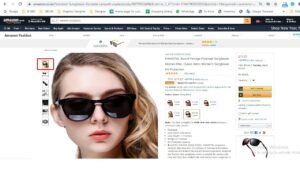In this article, I go over the top product and niche research techniques that will help you beat the competition when it comes to finding new products to sell on Amazon.
Certainly, I can provide you with a general blueprint for conducting Amazon product research. Keep in mind that the landscape of e-commerce and Amazon may change over time, but these fundamental steps should help guide your product research process:
Begin by identifying a market or niche that interests you and has potential demand on Amazon. This could involve looking at trends, hobbies, interests, and emerging consumer needs.
- Search for existing products within your chosen market on Amazon. Analyze top-selling products, their reviews, ratings, and pricing.
- Understand their unique selling propositions (USPs) and customer pain points.
- Identify gaps in the market where your potential product could fit.
- Utilize tools like Amazon's own keyword tool, or third-party tools like Helium 10, Jungle Scout, or MerchantWords to research relevant keywords.
- Look for high-volume, relevant keywords that customers are using to search for products in your chosen niche.
4. Product Ideas and Validation:
- Brainstorm and generate potential product ideas that align with the identified market gaps and keywords.
- Validate these ideas by seeking feedback from potential customers, friends, family, or online communities.
- Consider conducting surveys to gather insights on potential demand.
- Research suppliers, manufacturers, and wholesalers for your chosen product.
- Obtain quotes for production costs, shipping, and any other associated expenses.
- Ensure the product's cost allows for a profitable margin after factoring in Amazon fees.
6. Quality and Regulations:
- Ensure the product meets quality standards and regulations in your country and the markets you intend to sell in.
- Check for any necessary certifications or safety requirements.
7. Branding and Packaging:
- Create a brand name, logo, and packaging that resonate with your target audience.
- Consider the overall visual appeal and messaging of your product.
- Decide whether to use Amazon's Fulfilled by Amazon (FBA) or Fulfilled by Merchant (FBM) services for shipping and handling.
- FBA offers advantages like Prime eligibility and customer service, but FBM provides more control over fulfillment.
- Write a compelling product title, features, description, and bullet points using relevant keywords.
- Include high-quality images that showcase your product from various angles.
10. Launch and Marketing Strategy:
- Plan a launch strategy that includes activities like initial promotions, discounts, or giveaways to boost visibility and gather initial reviews.
- Utilize Amazon Advertising to promote your product through sponsored ads.
- Consider social media, influencer collaborations, and content marketing to drive external traffic.
11. Continuous Optimization:
- Monitor sales, reviews, and customer feedback regularly.
- Adjust pricing, product listing, and marketing strategies based on performance.
- Continuously seek ways to improve your product and customer experience.
Remember that Amazon’s algorithms and policies may change over time, so staying updated with the latest developments in the Amazon ecosystem is crucial for successful product research and selling.



